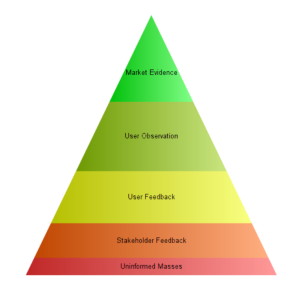— December 20, 2017

Free-Photos / Pixabay
How often do we settle for non performance?
Recently, I was speaking with a colleague. We were talking about a client of his. The CEO was struggling to grow the company. As they started discussing the people on the team, the CEO said, “I’ll never be able to attract A players, I have to settle for C players, with a few B’s.”
In another situation, I was speaking with an executive. Win rates, business performance were tragically low and had been for some time. I posed the question, “Do you have the right players on board?” The response was, “We get the best we can find….” I asked, “How do you know they will perform at the levels you need them to?” “What coaching and development are you doing to address these performance issues?”
He looked at me quizzically, “We’re a small company, we can never get the best…..” “I don’t have the time to work with everyone…”
Then there are those managers having people who are failing–not badly enough to merit being fired, but just marginal performers. I ask, what are you doing with these people? Too often, the response is, “They aren’t all going to be A players. They aren’t doing that much harm, I don’t have the time to get them to improve….”
Finally, there’s the data. I’m not sure the basis for this or even if it’s mythology, but manager after manager repeat it, “20% of our people produce 80% of our revenue.” Too many managers seem to think of this as predestined, doing nothing about it. Not surprisingly, other data shows roughly 55% of sales people achieve their annual goals.
Too often, fingers get pointed to the sales people—they are the problem, why don’t they perform?
In reality, this is a problem of management—bad management for those who accept these levels of performance.
It’s the job of managers to maximize the performance of each person on the team.
This starts with understanding what we need to drive top performance within our own organizations.
We staff our organizations with the best of the sales candidates we’ve interviewed, with no disciplined view of what we need to drive top performance. We never think, about whether these people are the best for the job or just the best that we’ve interviewed.
We rush them through onboarding, then expect them to perform.
We don’t take the time to coach and develop our people–helping them achieve the highest levels of performance.
We ignore performance issues, it’s always unpleasant to talk to non performers, so as long as they aren’t hurting us too badly, we keep them.
We believe it’s better to have someone, anyone, in a role, rather than to have that position open.
The problem in these scenarios is easy to identify. While the managers think it’s the people, the real problem is with management.
They simply aren’t doing their jobs!
Managers have the responsibility of maximizing the performance of each person on the team. If there are problem performers, if we have the wrong people, if they aren’t doing the right things, it’s not the fault of the people, the problem rests with management.
When you have systemic performance issues in your organization, instead of saying, “What’s wrong with these people,” look in the mirror, inspect what you and your management team are doing. Make sure you are clear about your strategies and goals, make sure you have the right people, make sure you are providing them the systems, tools, training to help hem perform, make sure you are coaching them, make sure you are addressing performance issues immediately.
Sales performance issues are management’s responsibility to identify and address. If your team has performance issues, the solution starts with you.
Business & Finance Articles on Business 2 Community
(67)






